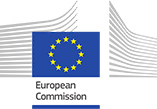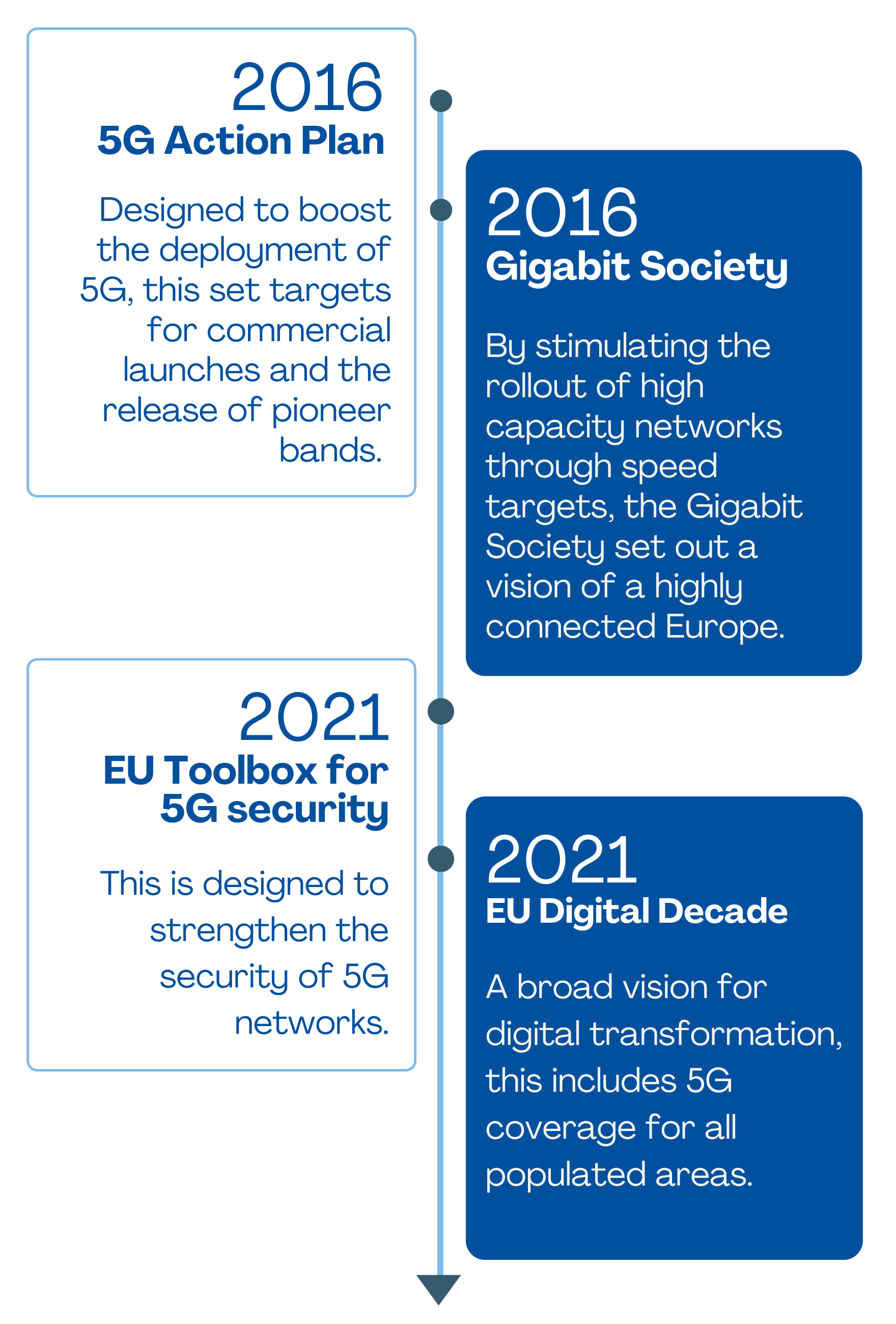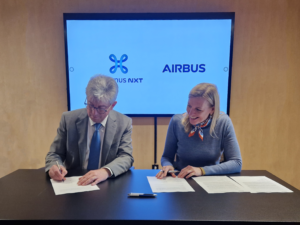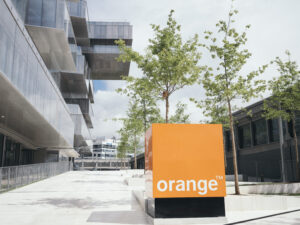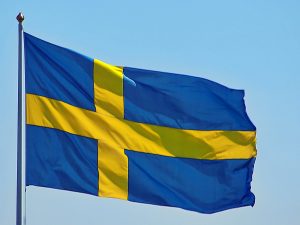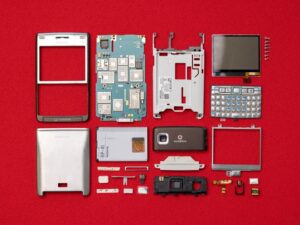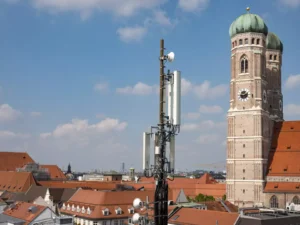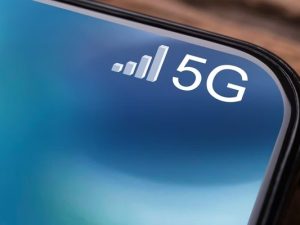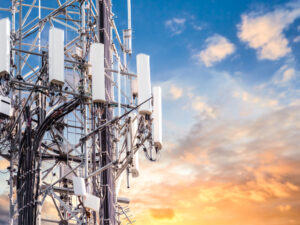Like 4G, 5G was developed in the 3GPP standardisation body. Its work on 5G began in 2015, with the first specification released in 2017. In June 2020, Release 16 was published, focussing on the verticals’ needs such as Automotive, Industrial IoT and Operation in unlicensed bands.
Release 17, due in June 2020 will concentrate on three main use case families: enhanced mobile broadband (eMBB), ultra-reliable low latency communications (URLLC) and massive machine-type communications (mMTC). This will support expected growth in mobile-data traffic as well as customising NR for automotive, logistics, public safety, media and manufacturing use cases.
We summarise the new technologies used by 5G below.
Network virtualisation (NV)
Network virtualisation (NV) uncouples the network hardware and software. In NV a virtual network runs on top of the physical network, which results in a more dynamic system that can be more easily configured. NV also allows network functions to run on IT servers rather than dedicated hardware.
5G NV will allow hardware resources to be divided into functions. This is called network function virtualisation (NFV). NFV directly optimises network services.
Software-defined networking (SDN) separates the control plane and data plane of the network architecture. This establishes a new centralized view of the network.
Network slicing
Network slicing splits up the 5G network into slices. Each of these can be tailored for a specific purpose and act as its own independent network.
This allows the same hardware to serve different use cases with specific needs. It is also a support for the multiple air interfaces, which can include the LTE air interface as well as a newly developed air interface.
It is relatively well accepted within the industry that network slicing should really focus on the full integration of LTE-A with 5G but only bring limited interworking with 2G and 3G, which are native circuit- switched radio access technology, whose full support would be complicated and counter productive
Network Slicing has become a fundamental 5G technology element enabling a wide range of use cases and providing customised connectivity. It is thus possible to provide very low latencies in some network slices and very high bandwidth in other slices.
HetNets
5G aims to support Heterogeneous Networks are wireless networks comprised of different types of base stations and wireless technologies. Hetnets manage macro, small cells, Distributed Antenna Systems (DAS) and Wi-Fi hotspots if available.
Multiple Input Multiple Output (MIMO)
MIMO technology is key to improving spectrum efficiency. Massive MIMO uses a very large number of service antennas (hundreds or thousands) that are operated in a fully consistent and adaptive fashion.
Multiple User (MU-MIMO) form offers a dual advantage: a base station that can communicate simultaneously with multiple user equipment on the same frequencies and the ability to send multiple data streams.
Beamforming
Beamforming is about controlling and reducing interference. It requires MIMO antennae and is able to broadcast the same signal using multiple antennae. It uses signal reflection and diffusion to perform communications in non-line-of-sight (NLOS) situations.
The combination of massive MIMO and beamforming techniques creates the ability to pack more elements and concentrate the transmission’s path towards a receiver, and thus increase coverage with a single antenna at a time when antenna elements are becoming significantly smaller.
Use of mmwaves
Mmwave is a specific part of the radio frequency spectrum between 24 GHz and 100 GHz which has a very short wavelength. 5G takes advantage of these higher frequencies, particularly the 26 GHz band and the 28 GHz band for higher data rates above 1 Gbps. The 26 GHz band is primarily used in Europe and China, while the 28 GHz band is used in the USA, Japan and South Korea.
However, these higher bands do also come with limitations. They can only travel a limited amount and can be disrupted by weather or other physical limitations.
Dynamic Spectrum Sharing (DSS)
Dynamic Spectrum Sharing enables 5G to be deployed simultaneously with 4G and co-exist in a single carrier.
This allows both 4G and 5G users to be accommodated for on the same spectrum with dynamic resource allocation. This can maximise operational efficiency and offer a smooth transition from 4G to 5G.
Open RAN
Open RAN is a developing technology that will allow operators to mix and match components from different suppliers in their towers and base stations.
This will allow for more innovation and options for the operator and could assist in the speed of 5G rollout.
